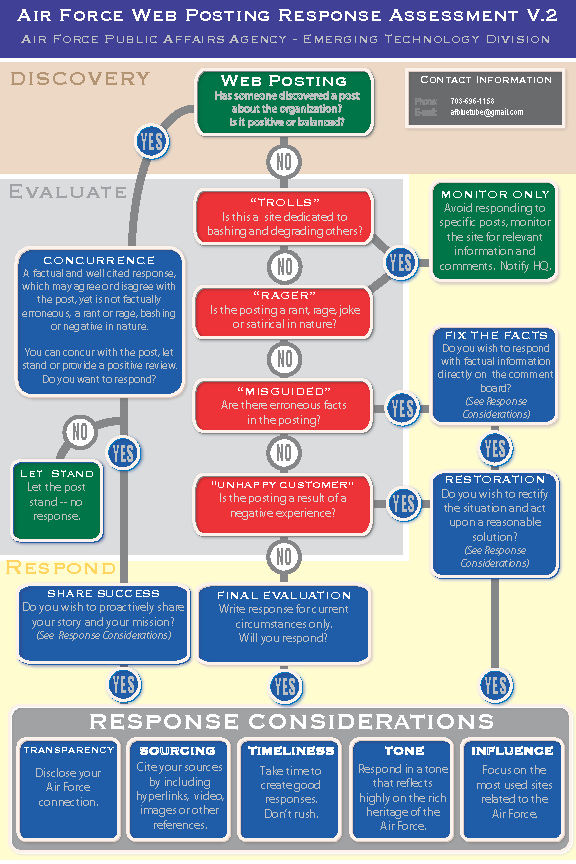Place can play an extraordinary role in the creative or innovation processes, but very rarely do we think through the way that place can create the opportunity for serendipity. I used to think about this as “directed serendipity”.
Over more than a decade of working with youth entrepreneurship organisation Vibewire, I developed a model called “The Four Ss” – that created change and meaningful opportunities for the thousands of members of the this community of entrepreneurs. What I found was that we needed four interlocked conditions for change making:
- Startups – we needed entrepreneurs (whether solo or collaborative)
- Skills – we needed to support the growth of skills and capabilities inside the community
- Showcase – we needed ways to show off the skills and capabilities of the startups and create a way of showcasing their impact to other audiences
- Space – the most important of all. We needed a place where people could come, try, test, learn and collaborate. They needed to collide with likeminded people in a space where psychological safety was a precondition.
In this TED talk, Dr Christian Busch share a great quote from Goethe that speaks to the aspirational space of these kind of communal spaces:
If you take someone as they are, you make them worse, but if you take then as what they could be, you make them capable of becoming what they can be.
This is why the best of the coworking spaces, innovation labs and creative studios outperform others. And its why they last in the memories of those who inhabit them. Because we know that if we want to go fast, we go alone – but if we want to go far, we go together (Mandela). Creating the spaces for serendipity has the potential to transform our personal, political and professional fabric. But we rarely invest in what’s required – the spaces, skills, startups and showcases – that make it happen. We do one or two, but rarely do all.
Maybe that’s why we don’t make the progress we dream of.









